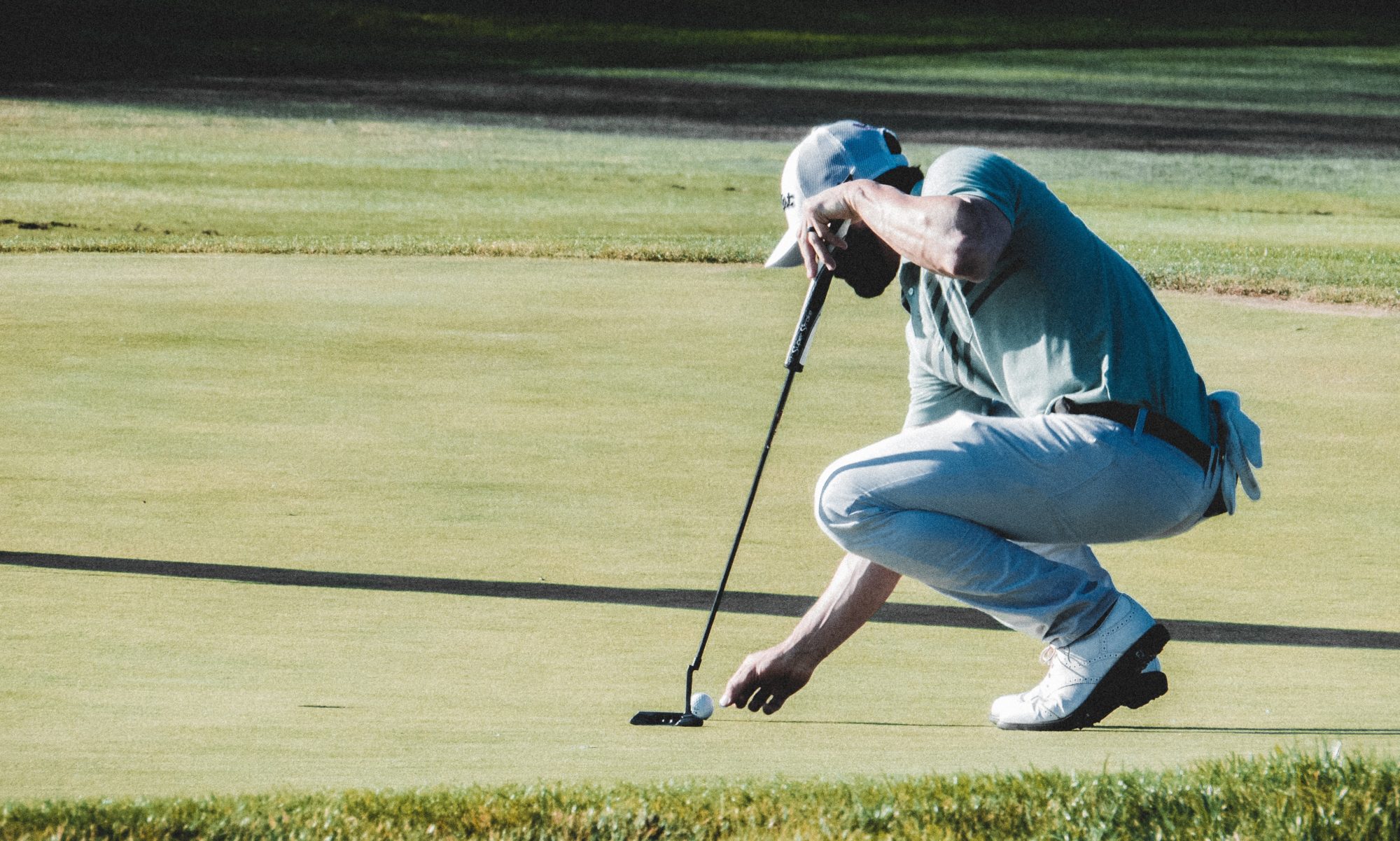Developing a championship golf grip is essential to consistently deliver the clubface squarely to the ball. As the great Arnold Palmer once said “The grip is the crucial junction point from which all the body’s strength and rhythm are transmitted to the club.”
The golf grip is considered a pre-swing principle and carries with it a wide range of personal preferences from which to choose, but there are four keys or common denominators to a championship golf grip that all great players apply.
1. Positioning
“Positioning” refers to the rotational location of the hands on the club. The proper position is best achieved by first allowing your arms to hang somewhat naturally while grasping the club, resulting in a position where the palms of each hand oppose one another or are rotated slightly inward. This resembles the look of praying upside-down. If the hands shift too far to the right or clockwise on the club it would be considered a “strong grip” (closed-face-grip) which encourages a hook, if rotated to far to the left or counterclockwise the opposite would apply or “weak grip” (open-face-grip) which encourages a slice. A desirable position would be one where the upside down V formed between the thumb and forefinger of the left hand (upper hand) points to your chin or right cheek, and the V formed by the lower hand pointing slightly more towards the right shoulder. The opposite would apply for the left-handed player
2. Placement
The upper hand should be placed consistently about 1/2 to 1 inch down the grip from the top or upper end of the club. Position the thumb of the left hand slightly right of center on top of the club; place the thumb of the lower hand on the forward side of the club touching both the club and the tip of the index finger. Also, grip the club in the fingers of both hands as much as possible as grasping the club into the palm rather than the fingers tends to limit joint wrist flexibility.
3. Grip Pressure
Grip pressure should be a 2 or 3 on a scale from 1-5 with 5 being the tightest you could possibly hold the club, or light enough to encourage maximum clubhead speed without losing directional control, and still hold onto the club. Gripping the club too tightly retards clubface rotation as well as prevents the hands/wrists from hinging properly, destroying power generating leverage.
4. Grip Options
There are three grip options from which to choose. The most common grip is the overlapping grip or Vardon grip named after Harry Vardon, where the little finger of the right hand (lower hand) is overtop and in-between the first two fingers of the left hand. The second option is the interlocking grip where he little finger of the right hand is intertwined with the index finger of the left hand. This adjoining or melding together of the hands with both the Vardon and overlapping grip help unify the hands and aids in preventing one hand overpowering the other resulting in increased distance and consistency. The third option or the ten-finger grip sometimes called a baseball grip is only recommended for very young or physically weak individuals who do not possess adequate strength to otherwise hold and swing the club.
Lowering your scores is just a click away! The best instruction available is at your fingertips! Go to http://www.KRCotter.com and begin to achieve your potential now! Impress your friends and begin to eliminate those embarrassing shots today!
Article Source: http://EzineArticles.com/7085976
